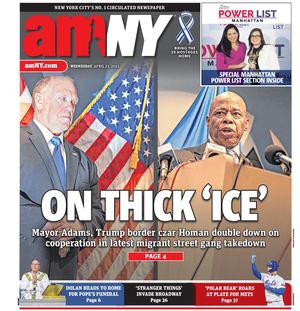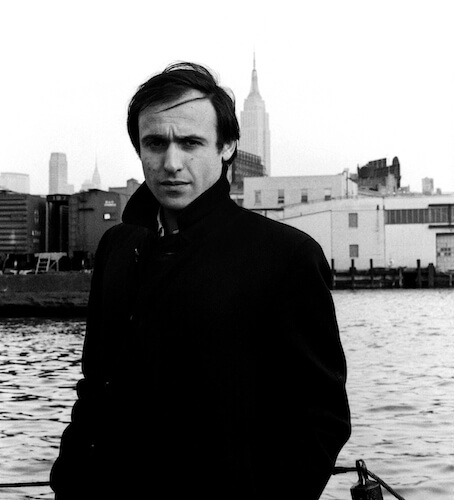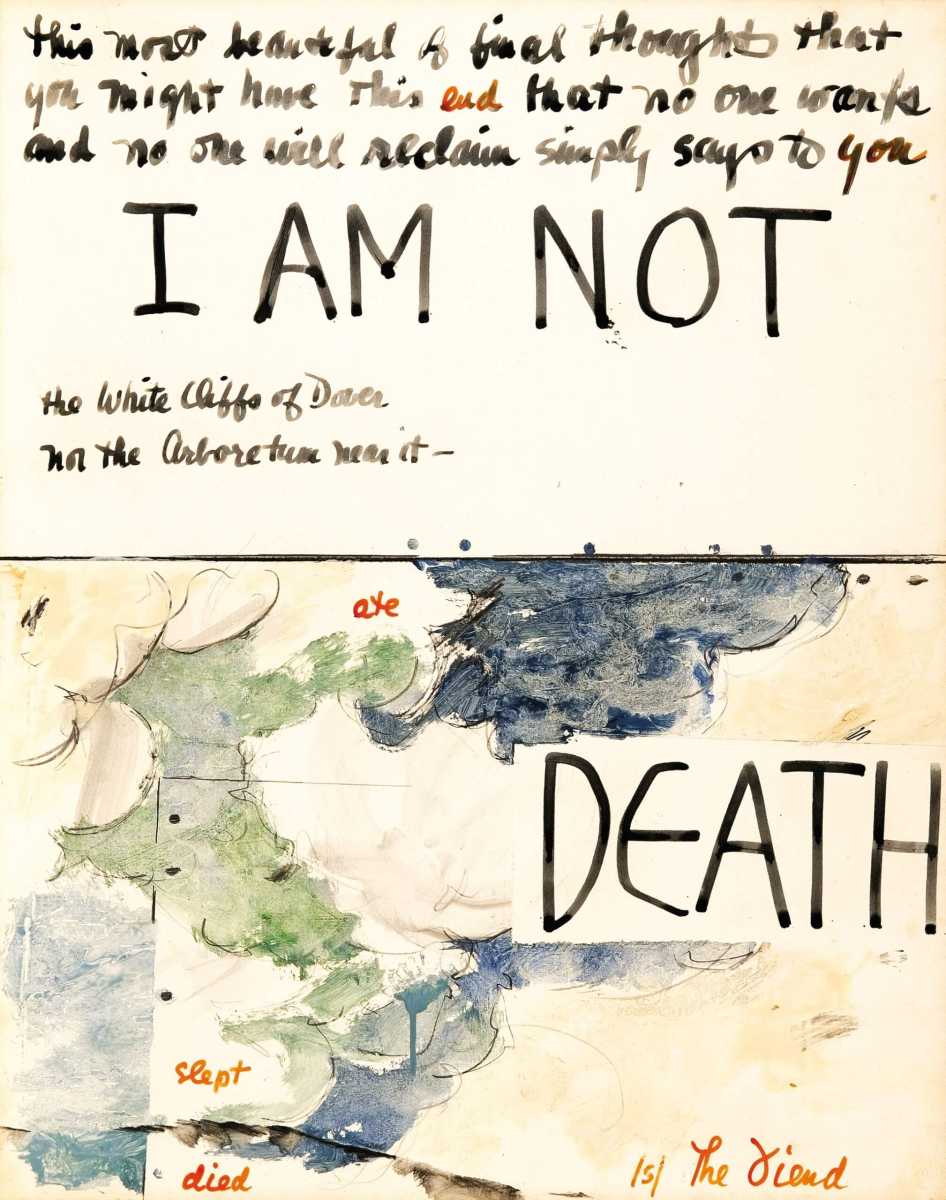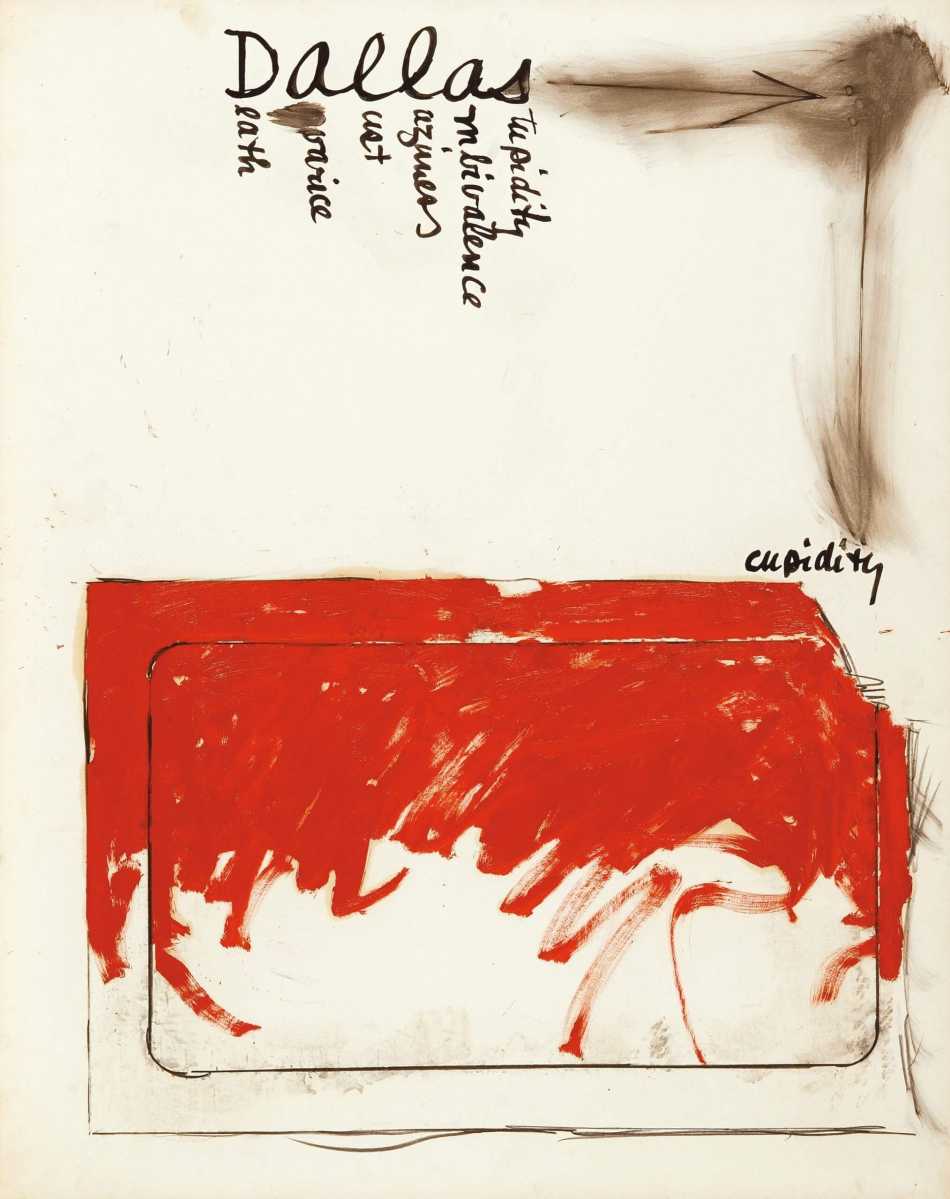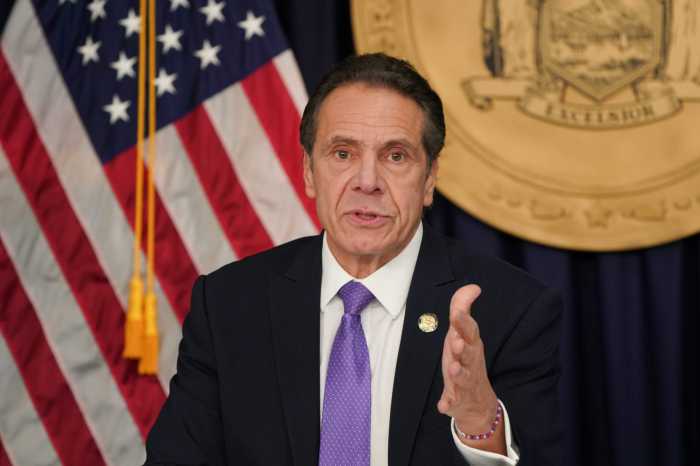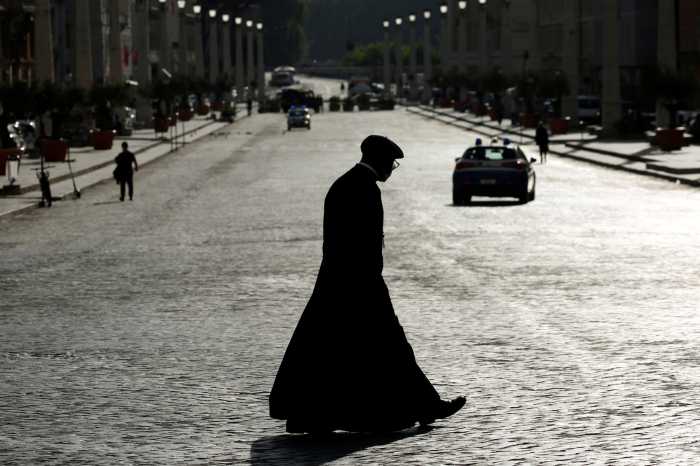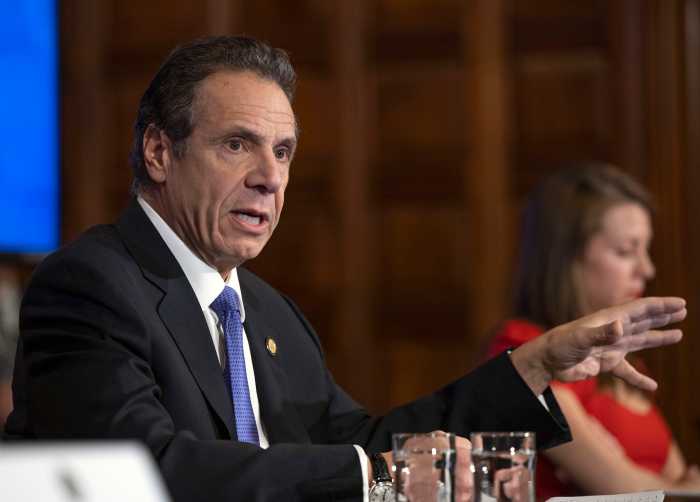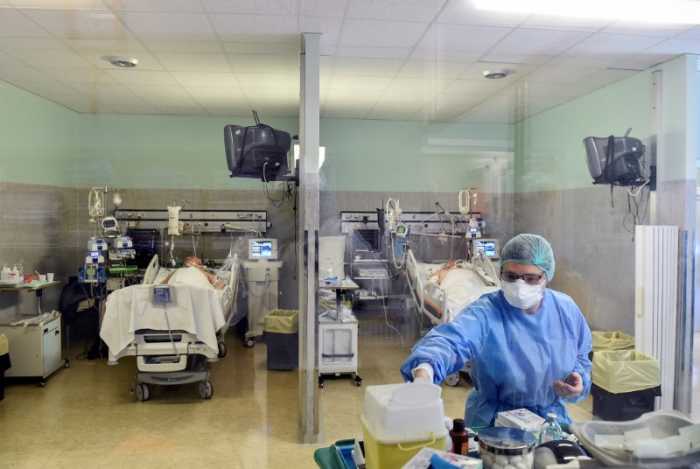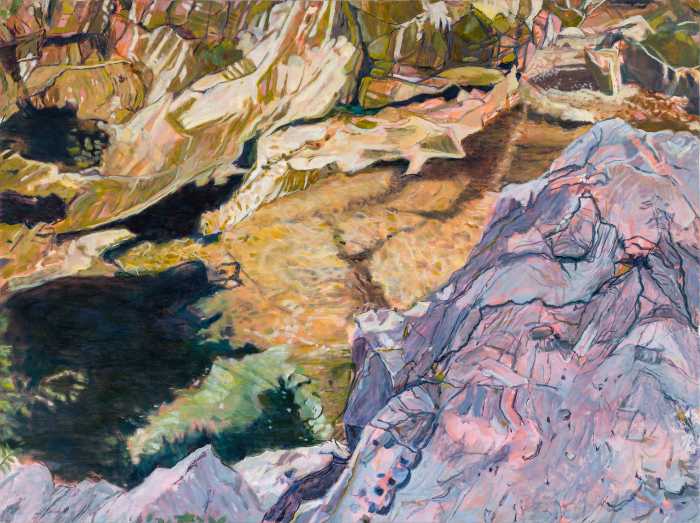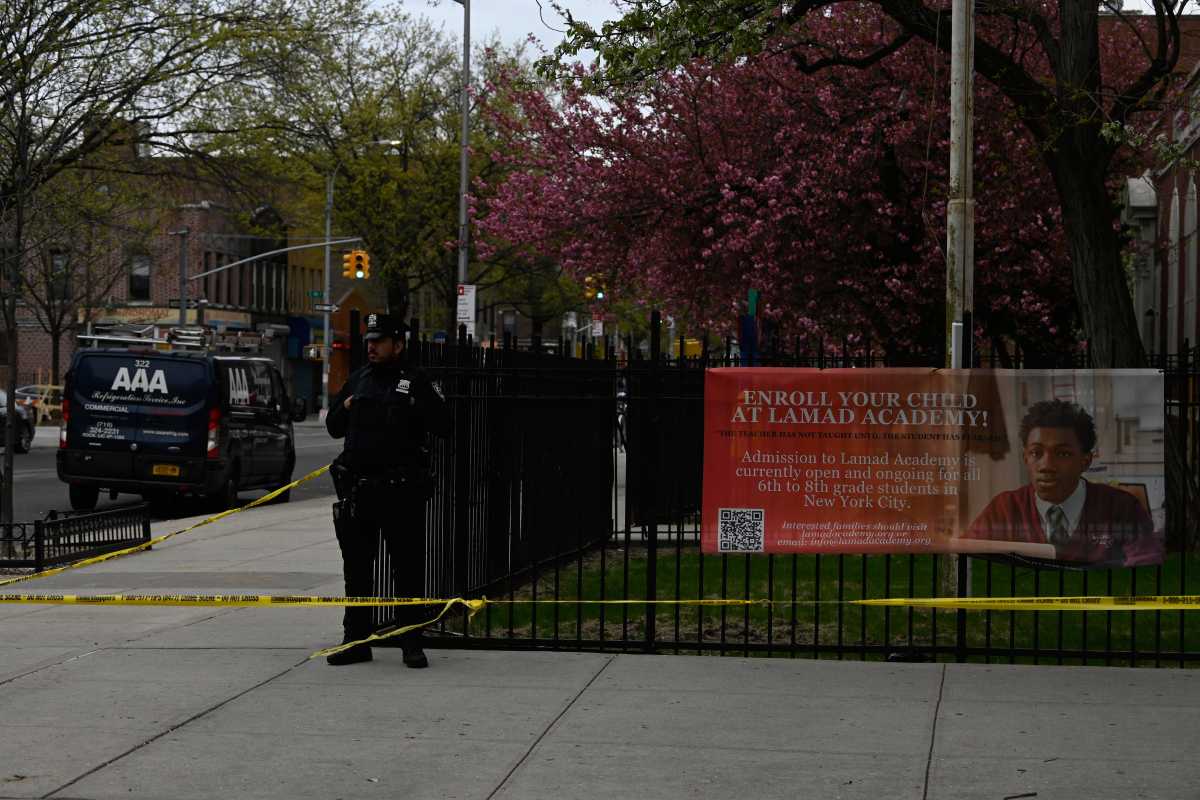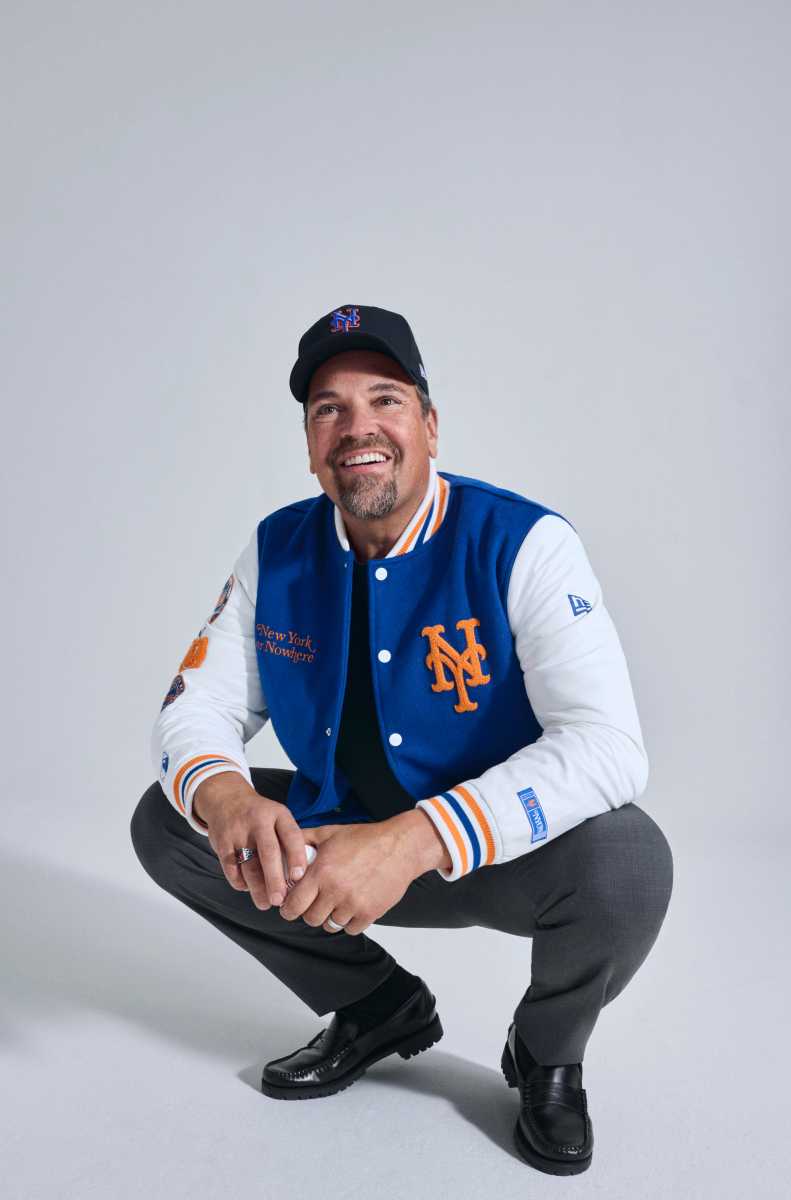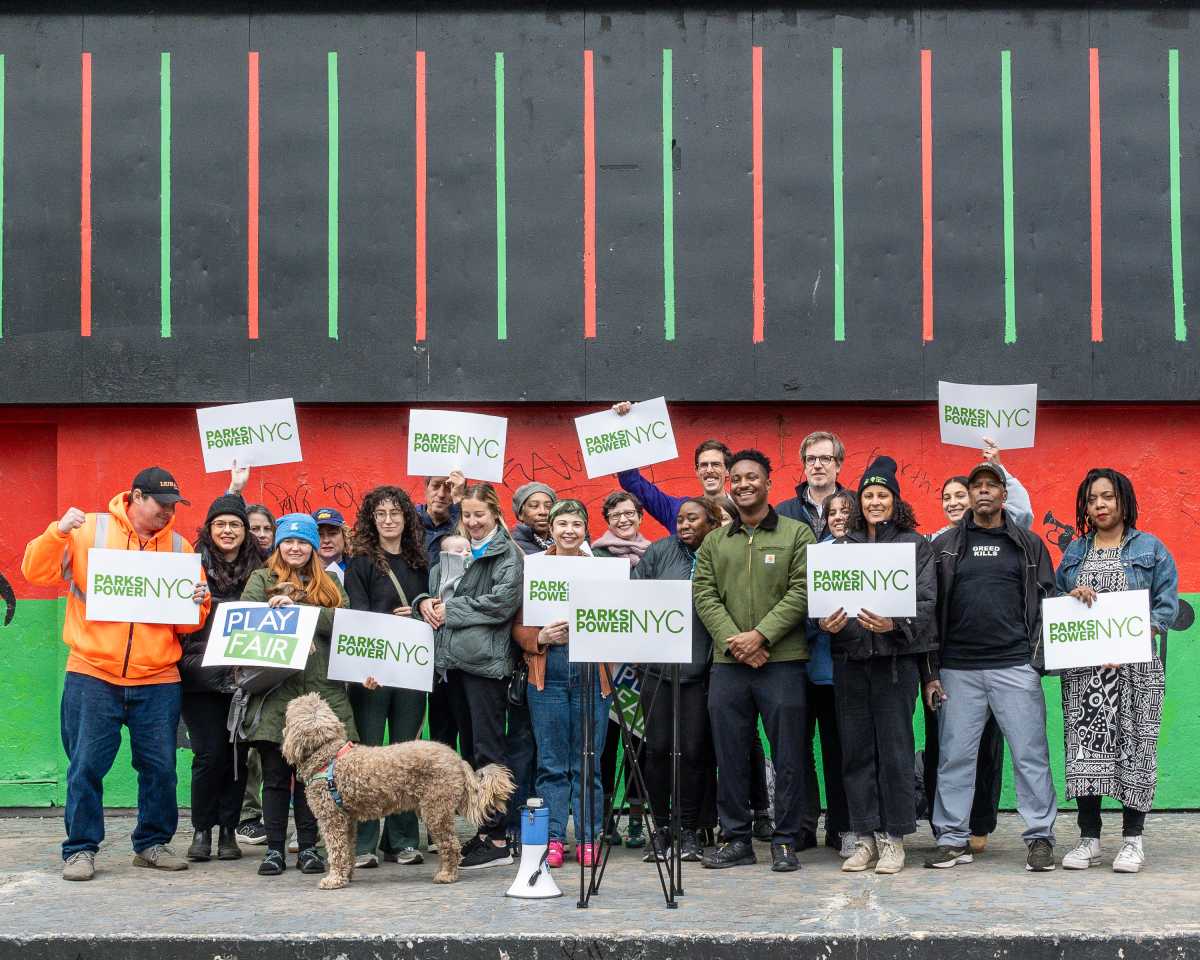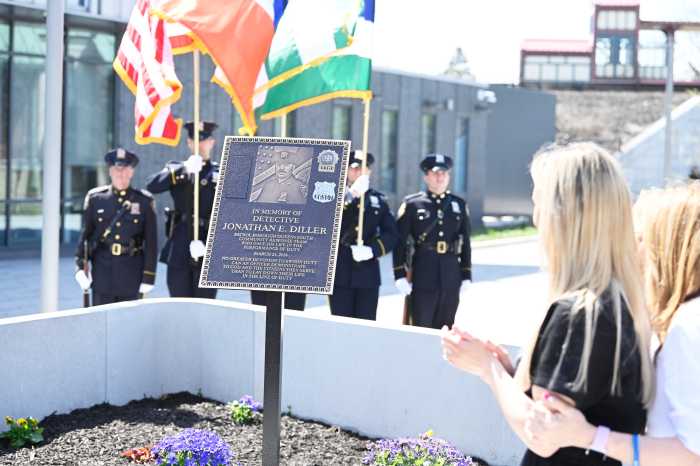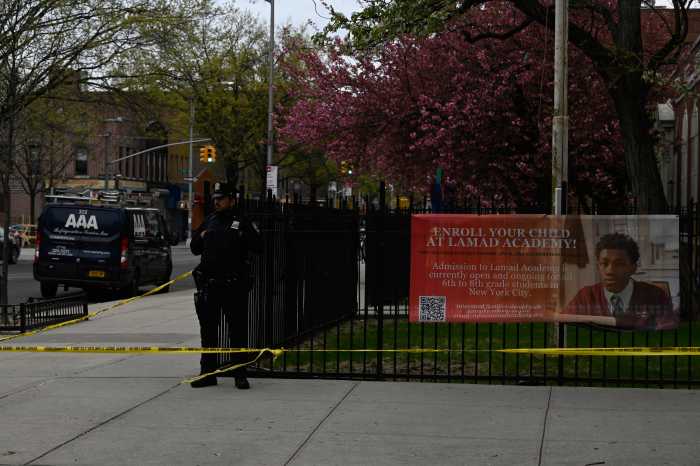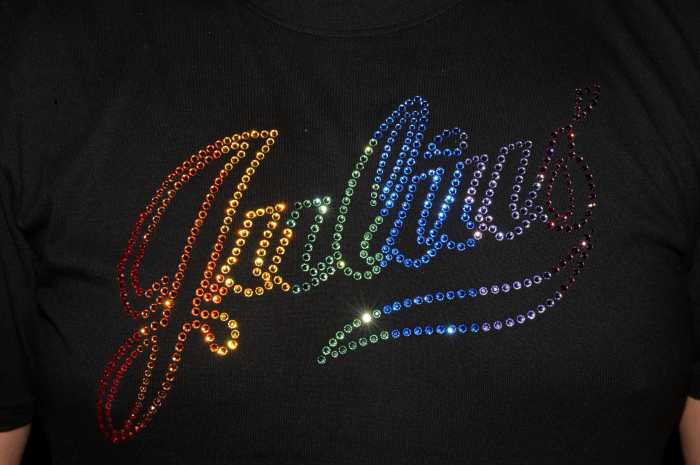When one thinks of Italian art there is a kind of uncontrollable brain switch that immediately brings to mind the likes of Michelangelo and other High Renaissance painters and sculptors who are still considered as some of the greatest artists of all time.
As a tourist you imagine the ruins of the Coliseum and experiencing the wonderment of the Sistine Chapel and stunning frescos in a country steeped in art history, rather than the grubby Beatnik streets of NYC, where Schifano’s art would be profoundly influenced.
A new exhibition at the Center for Italian Modern Art, “Facing America: Mario Schifano, 1960-65,” shakes up that romanticized “old-master” notion and shows just how Avant-garde Italian Art was in the post-war period.
Before his first trip to NYC in 1963, Schifano was already deeply experimental, with his first series “Monochromes”containing an explosion of often a single of color, to which he later added typography and numbers, or referential statements such as “outside,”in works such as “En pleain air,” 1963. The paintings, although one-dimensional in a sense, due to their monochrome nature, are incredibly tactile as you see the color drip and appreciate the overall texture of the artistic medium an entirely new way.
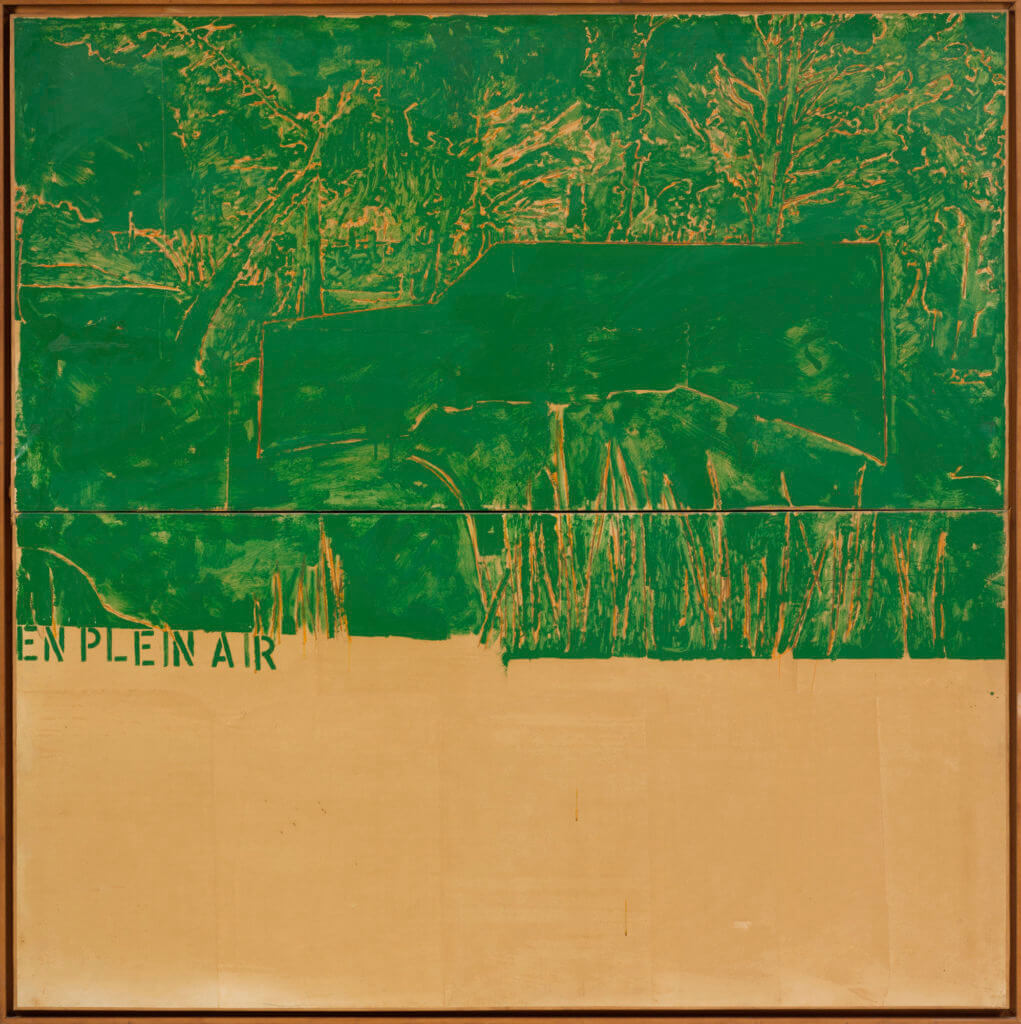
After a feud with a leading Italian art-dealer, Ileana Sonnabend, an admirer of his monochromes, he was through with Italian exhibits and took off for NYC in 1963. Trading piazzas for the Village, Schifano found himself in an entirely new artistic culture. He built relationships with Jasper Johns and Robert Rauschenberg—with similar artistic inclinations observable between these three painters, and became close friends with poet Frank O’ Hara, whilst even hanging out with Jean-Luc Godard, The Rolling Stones and dating, yup, you guessed it, Anita Pallenberg.
But the Pièce de résistance of his NYC underground connection were his brushings with Andy Warhol, who was predominately making experimental films at this time and who had not yet “invented” the Pop Art movement with which we are all so familiar.
When amNewYork Metro spoke with CIMA Founder and President, Laura Mattioli, daughter of Milanese collector Gianni Mattioli about the importance of Schifano’s years in the US to his work: “America was a mythical country for Italians in the 50s; the new music the new products, even contemporary furniture—everything about this place and time fascinated Schifano.” Although this myth may have been the hook, out of it became something very real states Laura, “the importance for contemporary society of logos beyond advertising and into the art world.” He changed the subject of his paintings and began to explore the importance of the logo in our visual culture.”
Schifano produced two works emblematic of the fact that pop-art was not the exclusive brain-child of Andy Warhol, but rather the simultaneous seizing of two consciousness’s of the world that was evolving around them.
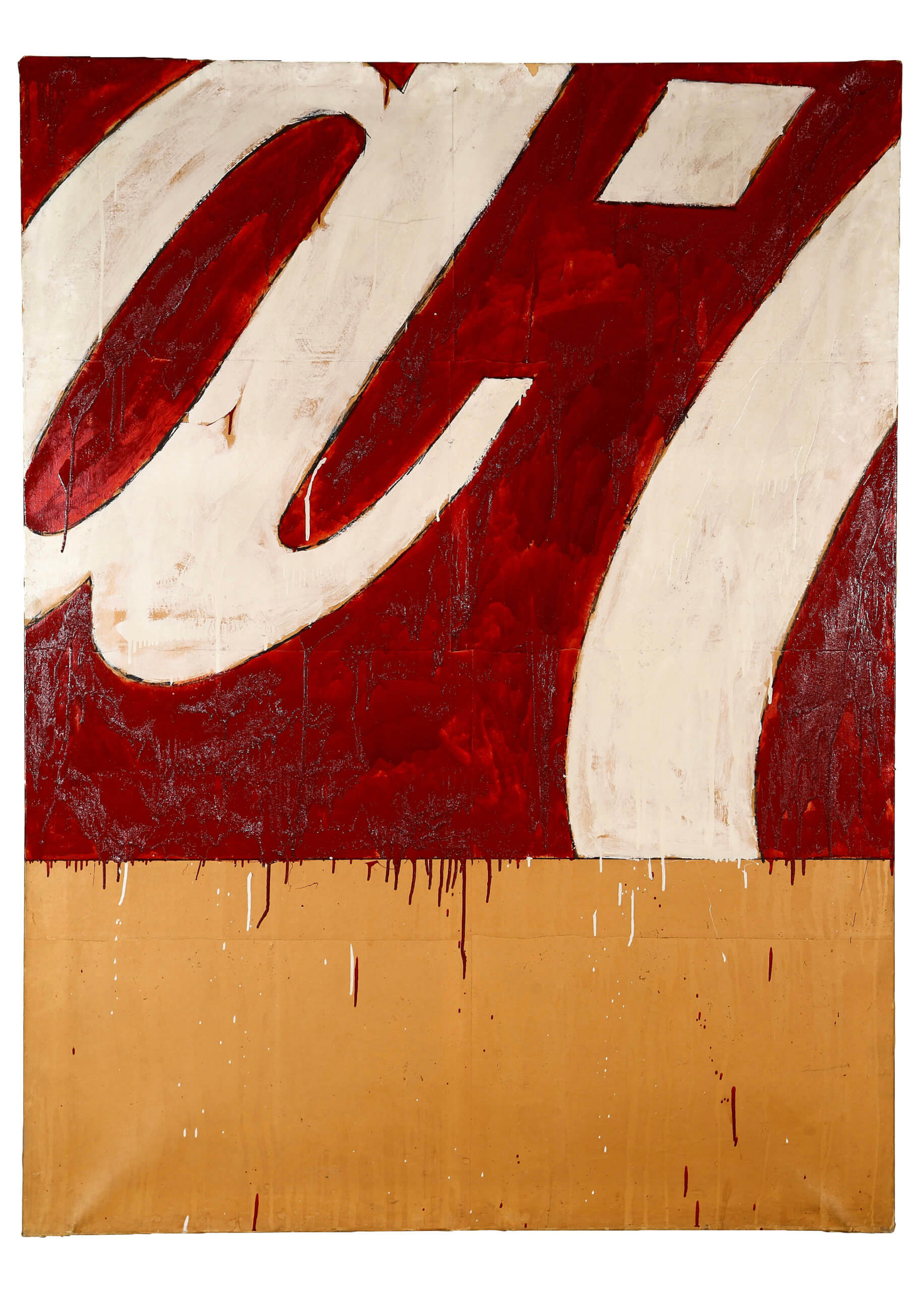
(189 x 150cm)Private Collection © Archivio Mario Schifano © 2020 Artists Rights Society (ARS), New York / SIAE, Rome
Mattioli and many art critics have firmly established that at the time Warhol was working on his first pop art pieces, Schifano could not have been aware of these and produced two completely original but in the Pop Art vein pieces: a painting of a Coca Cola sign and of an Esso sign. Although perhaps one of the most startling zeitgeist manifestations in art history, Mattioli is quick to point out that each artist had their own “version” of pop art, and Schifano did not pursue this form, instead focusing on Italian landscape paintings at the end of his career returning to his Italian roots with still-innovative landscapes. In Coca-Cola and Esso you can indeed see that consistent interest of Schifano in material and texture, the lines are not as clean as the emphasis is on the branding, not the capitalist influence made iconic in Warhol’s Soup cans and Marilyn Monroe series’. This leads Laura to describe Schifano’s pop art as more subjective than Warhol’s objective works, especially his pieces done in collaboration with O’Hara that combine paint and word canvases that are astoundingly powerful:
Ultimately, the case of Andy Warhol and Mario Schifano shows that it’s not always “who invented what and when?” when we approach art movements. The commonalities between Schifano and Warhol are rather a powerful reminder of the interplay of art, culture and consciousness.
As the first major showing of works by Schifano in the US, this exhibition is a rare opportunity to experience his innovative art. Works by Rauschenberg and Johns will also be on display.
“Facing America: Mario Schifano, 1960-65” will run until June 5 at the Center for Italian Modern Art, 421 Broome St. Visit www.italianmodernart.org for more information.
art.org for more information.
